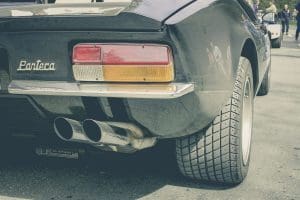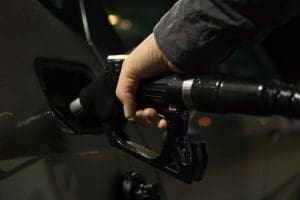
What it means to ‘Summerize’
Summer is a great time to enjoy the warm weather and outdoor activities like water sports, camping, fishing or road trips. However, you need your car to be in good condition in order to get around without a problem.
When the brisk months come around, you winterize your car to keep it in it’s best shape. It only makes sense you should “summerize”, or prepare your car for the hot months, as well. It’s easy and can save you money by increasing fuel efficiency. The following steps will ensure that you have a smooth and fuel-efficient ride throughout summer:
Replace or Tighten the Gas Cap
Gas caps that have broken or have weak seals allow fuel to evaporate. This potentially reduces your fuel efficiency by 2%. It also pollutes the air and also allows dirt and other contaminants to get into the fuel.
Avoid this by checking that the seal on the gas cap is kept tight every time you stop to fill up. If the seal is bad, you’ll need to replace the whole cap with a new one. With some cars, a “check engine light” will come on and may signify that the seal is broken.
Check Tire Inflation
Another check you need to make is your tires. Keeping your tires properly inflated saves your fuel consumption. If they are not well-inflated, tires have a higher rolling resistance which is what compromises fuel efficiency. The right amount of pressure improves gas mileage by up to 3.3%. Replacing tires with efficient low rolling resistance tires could reduce fuel consumption by up to 6%.
Change the Oil
It’s important to keep oil changes scheduled as suggested by your car manufacturer. Schedules can also be found in your owner’s manual. However, there are some types of oil that can increase efficiency. Two examples are energy conserving or synthetic motor oil. They reduce engine friction which improves efficiency by between 1% and 2%.
Replace Spark Plugs
When a spark plugs misfires, a check engine light will come on to draw your attention to the problem. Up to 30% of fuel efficiency is compromised by problematic spark plugs. Replacing them not only increases fuel efficiency but also improves combustion and also reduces emissions.
While this is a simple thing to do, it’s very important to replace your spark plugs when necessary. If you know how to do it, you can do it yourself. Otherwise, you can get it done at your local repair shop.
Replacing the engine air filter
Replacing a clogged air filter with a carbureted engine can improve fuel economy by between 2% and 6%. This is especially the case on older car models. When the air in your engine is clean, it also keeps the air outside clean, therefore, gas efficiency is improved and the amount of gas you need to burn is reduced.
Efficiency can be improved by up 40% if the air filter was completely clogged or so clogged that it affected drivability. A damaged air filter allows dirt to get into the engine which increases its wear.
The engine air filter is usually replaced when the car goes in for routine servicing which is usually every 15,000 miles. However, if you typically drive on dirt roads, it should be replaced more often because it is more likely to get clogged.
‘Summerize’ to Make the Most of Summer
When you take that road trip, go camping or are chauffeuring the kids to their games and other activities, the last thing you need is for your car to break down. Take the time to get your car summer ready and minimize chances of that happening.

